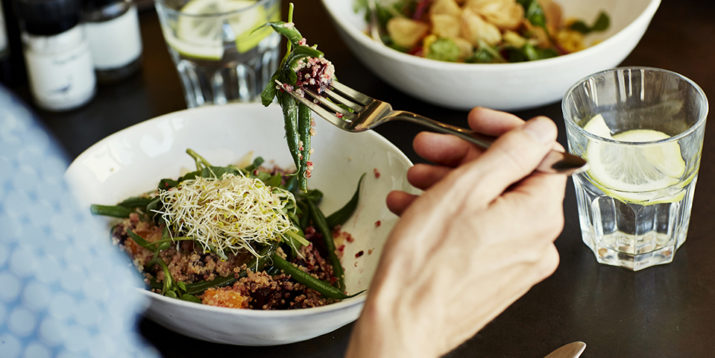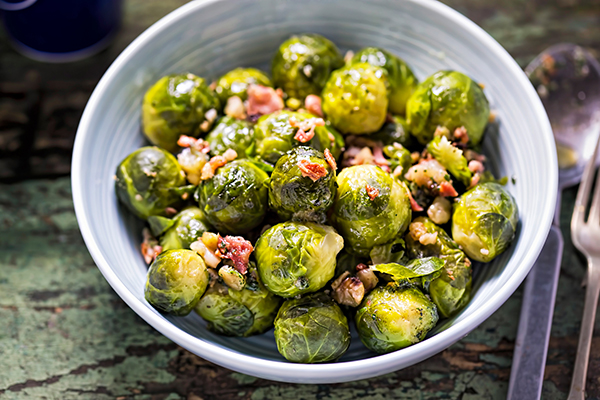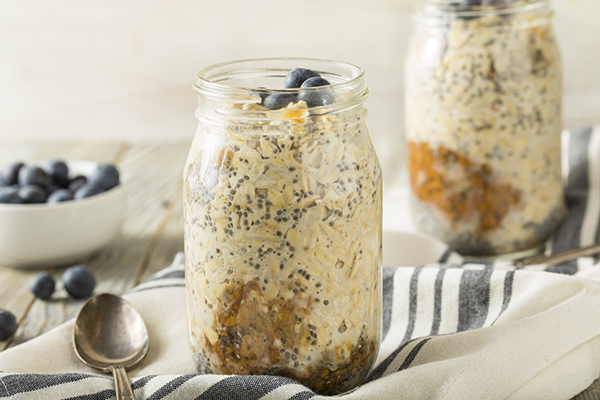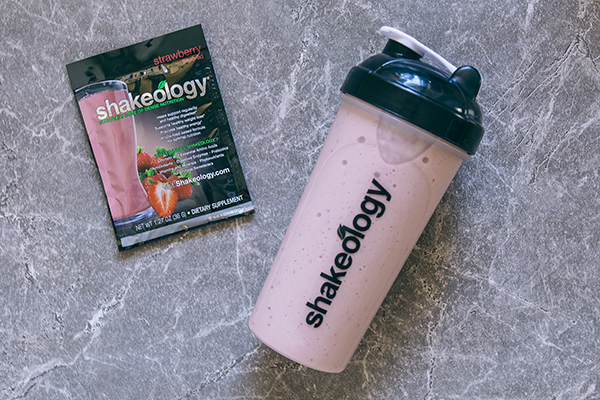8 Easy Ways to Start Eating Healthy

Eating healthier doesn’t have to be hard, stressful, expensive, or inconvenient.
It also doesn’t have to happen overnight — so don’t start clearing out your pantry and fridge just yet.
If you want to make lasting, sustainable changes to how you eat, those changes are more likely to stick if you start slow, and just try to add one or two healthy habits at a time.
Once they become part of your regular routine, add one or two more the following week or month.
To help you get started, here are 8 tips on how to start eating healthy!
1. Learn what a serving of each type of food looks like

Since the 1950s, food portions and tableware have been increasing in size.
And research reveals that people tend to consume more food and drink when served larger-sized portions and packages, and when using larger plates or bowls.
Researchers from the University of Cambridge and University of Oxford suggest eliminating larger portions could reduce average daily caloric consumption by 22 to 29 percent in U.S. adults.
If you don’t know where to start or need more guidance, the Ultimate Portion Fix nutrition program teaches you how to eat proper portions with portion-control containers.
The program also arms you with recipes, strategies, and healthy hacks that make the container system easy to follow, sustainable, and easily customized to go with any fitness program and any goal.
And if containers aren’t your style, 2B Mindset can help you develop your own approach to healthy eating by teaching you positive behavior patterns and self-awareness tools.
2. Start by adding a serving of vegetables to at least one meal every day
The 2015–2020 Dietary Guidelines for Americans recommends at least 2½ cups of vegetables per day.
“Veggies provide so many valuable vitamins, minerals, and phytonutrients, and when you start adding high-fiber veggies, it tends to crowd out some of the junk food because you’re just too full to fit any more,” says Krista Maguire, R.D.
Some people love nothing more than noshing on a plate of raw veggies, but for you picky eaters or vegetable haters, don’t worry — there are plenty of ways to add more vegetables to your diet without holding your nose.
The key is to find a way of cooking them that makes you want to eat them! Roasting is a great “starter” method: Simply cut your veggies into bite-size pieces, toss with a little oil and salt/pepper, then slide them into the oven.
Here are some easy (and delicious) ways to add veggies to your meals:
- Pair roasted or sautéed veggies with your favorite protein and some whole grains.
- Add beans or pureed veggies to your favorite soup recipe, or sweet potato chunks to a batch of turkey chili.
- Blend up a Shakeology with baby spinach or other greens as part of breakfast or as a 3pm pick-me-up. Need ideas? Check out these recipes.
3. Make breakfast ahead of time

Mornings are busy for everyone, and it’s far too easy to turn to processed cereal, frozen waffles, granola, or breakfast bars filled with sugar and additives.
But if you can carve out a little bit of time on the weekend to plan ahead, you can create nutritious, delicious breakfasts you can grab on the way out the door.
Here are some ideas:
- Make overnight oats. All the ingredients go in a jar or bowl, put it in the fridge, and let the magic happen. (Bonus? No. Cooking.)
- Boil six or more eggs ahead of time and store in the fridge. Or make egg cups — these versatile mini-frittatas provide high-protein fuel.
4. Drink a daily Shakeology

Add Shakeology to your healthy breakfast or blend one up for a healthy snack any time of day.
A daily Shakeology can help address any nutritional gaps you might have in your diet. How? Shakeology includes a variety of nutrients, including protein, carbs, fiber, phytonutrients, antioxidants, digestive enzymes, prebiotics and probiotics, adaptogens, vitamins, and minerals.
If you’re worried about your sugar intake, breathe easy: Shakeology contains seven grams of sugar per serving from a combination of organic cane sugar and fruit powders. (Café Latte Plant-Based Vegan Shakeology contains eight grams per serving.)
It’s a great-tasting shake that can be also be used strategically to help curb your appetite, thanks to its fiber and protein content.
5. Drink more water
When you’re well-hydrated, you may notice a difference in how you feel, look, and perform.
But that doesn’t mean you have to start carrying a gallon-sized jug of water everywhere you go.
Ease into it by drinking a glass of water for every non-water beverage you consume.
If you don’t like plain water, drop in your favorite sliced fruit or cucumber, fresh mint, or unsweetened carbonated water.
But it’s not all about drinking water: You can also eat fluid-rich fruits and veggies such as celery, lettuce, bell peppers, watermelon, pineapples, and oranges.
6. Cut down on added sugar
By now, it’s no secret that eating too much sugar can contribute to weight gain and health issues.
According to the Dietary Guidelines for Americans (2015–2020), one of the main sources of added sugars (versus naturally occurring sugars in whole foods like fruits) is beverages: “soft drinks, fruit drinks, sweetened coffee and tea, energy drinks, alcoholic beverages, and flavored waters.”
Another culprit? Snacks and sweets, such as cakes, pies, cookies, ice cream, etc.
If you read ingredient labels, you’ll find most products sold in grocery stores contain added sugar in the form of syrups (including high-fructose corn, brown rice, maple, and beet syrups), glucose, sucrose, fructose, dextrose, and honey, among others.
So, how much sugar should you eat (or not eat)?
The World Health Organization recommends that no more than 10 percent of total daily calories come from sugar (that’s about 200 calories or 50 grams of added sugar on a 2,000-calorie diet).
The American Heart Association recommends that women should consume no more than 100 calories of added sugar, and men 150 calories, per day.
7. Eat mindfully
Habit, clocks, emotions, rewards, breaks, and social gatherings can prompt us to eat even if we’re not hungry.
But doing this too often can dull our awareness of our body’s natural signals for food and even for feeling satisfied.
If you find you’re eating ceremoniously more often than eating to quell a grumbling belly, check out this simple four-step process to learn how to gauge hunger.
8. Snack smart
Snacks can be a part of an overall healthy diet — you just have to make sure you’re choosing snacks that will fill you up, not out.
An ideal healthy snack is one that contains fiber, protein, and fat to help you feel satisfied between meals.
And a higher-protein diet overall may also help you lose weight if that’s your ultimate goal: Research shows that your body burns more calories digesting protein than it does when digesting carbs or fat.
Pro tip: One easy way to get more protein is to snack on a BEACHBAR. You get 10 grams of protein for only 150 calories.
The Bottom Line
The way you’re currently eating is probably a pattern you’ve learned over the course of your lifetime, so it makes sense changing that pattern will take time.
Be patient and keep trying!
